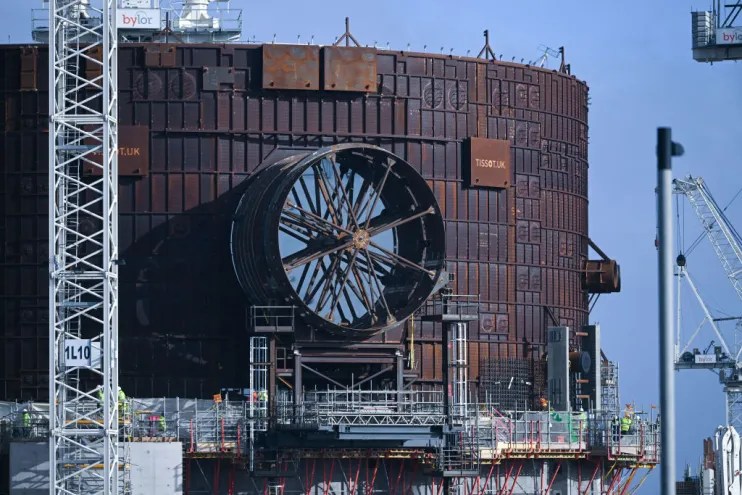The UK has announced a £300m commitment to developing its nuclear fuel program to move away from dependence on Russia.
This past weekend, the government said it aims to end what they say is Russia’s reign as the only commercial producer of high-assay low-enriched uranium (HALEU); a type of enriched uranium needed for the next generation of reactors.
The investment is part of plans to help deliver up to 24GW of clean, reliable nuclear power by 2050 – a quarter of the UK’s electricity needs.
“The UK will become the first country in Europe to launch a high-tech Haleu nuclear fuel programme, strengthening supply for new nuclear projects and driving Vladimir Putin further out of global energy markets,” the Department of Energy Security and Net Zero said in a statement.
Secretary of State for Energy Security and Net Zero, Claire Coutinho, said:
“We stood up to Putin on oil and gas and financial markets; we won’t let him hold us to ransom on nuclear fuel.
“We will be the first nation in Europe outside of Russia to produce advanced nuclear fuel.”
The news comes on the eve of a week when the government is expected to publish its long-awaited and several times delayed nuclear strategy.
An industry source told City A.M.: “Britain is good at nuclear fuel in the way that we are not in other areas of the nuclear sector.
“The West has always waited around for Russia who have the facilities set up to do so but this announcement is no substitute for a wider strategy for the sector.”
A new vision for advanced modular reactors, of which Hinkley Point C is one, is expected to be laid out, as well as a roadmap for small module reactors (SMRs), developers of which have been increasingly calling for government guidance over recent years.
HALEU is the primary fuel used for SMRs and to this end, Robert Crayfourd, co-founder of Jersey-based Nuclear-focused investment company Geiger Counter, said the investment news can only come as a positive.
“It’s not entirely clear exactly how this money will be allocated at this stage, but directionally it is clearly positive as the expected growth in SMR’s globally from late this decade will require more mining of uranium, as well as enrichment and fabrication into fuel rods,” he told City A.M.
Utilities across the world have been running down natural uranium stockpiles since 2018, when a glut of oversupply dominated the market, buying and selling at multi-decade lows as and when needed.
But as fears of under-supply circulate, panic buying ensues and this will likely ride out for the next year or two, driving the price higher.
Research published last week showed that the portion of UK power produced from nuclear stations sank to below 40-terawatt hours in 2023 – a 40-year low.
The UK generates around 15 per cent of its electricity from about 6.5 GW of nuclear capacity, spread across five active plants.
However, 85 per cent of its nuclear power-producing stock is due to come offline within the next four years.




